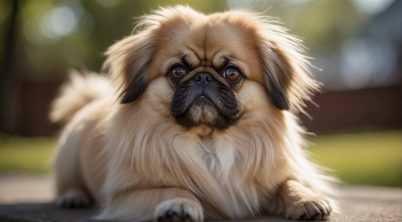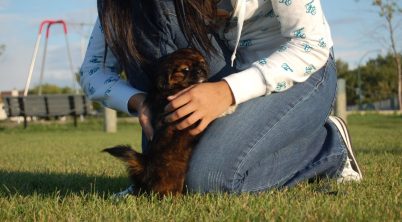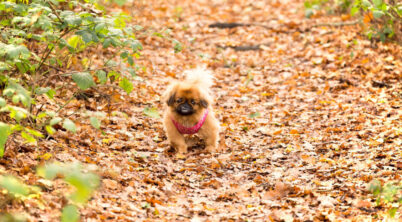Table of Contents
Understanding Their Global Popularity
The Pekingese, a breed developed for the imperial family of China, possesses a long and storied history. Often found in the laps of Chinese emperors, Pekingese garnered a reputation for their companionship and loyalty. These small, affectionate dogs with their lush manes resembling a lion—a symbol of strength in ancient China—are not as common as many other breeds due to their specialized history and unique characteristics.
When considering the rarity of the Pekingese, it is important to note that they are not on the verge of extinction, but they are also not amongst the most commonly found breeds in dog populations worldwide. Their specific needs and grooming requirements, coupled with a tendency for certain health issues, make them less prevalent, especially outside of their country of origin. The American Kennel Club has noted a decline in their popularity, reflecting their status as a more unusual breed compared to others.
The presence of Pekingese dogs is marked by their distinctive physical attributes such as a compact body, a flat face, and a rolling gait. These features, along with their history as a dog bred for nobility, contribute to their standing as a breed that is cherished yet not abundant. Their relative rarity is a factor potential dog owners often take into consideration when deciding if a Pekingese is the right addition to their home.
History and Origin
The Pekingese, a breed intrinsically linked to ancient China, traces its legacy to the laps of royalty. Believed to have Buddhist monk origination, they are cherished as representations of the lion from the Buddha teachings. These lion dogs held great esteem within the Imperial Palace of Beijing—so much so that theft was punishable by death.
Known for being carried in the sleeves of nobility, this practice highlights their petite stature. Their journey West began when a Pekingese was gifted to Queen Victoria of England, following an incursion in 1860. Thus, the breed’s history is a tapestry of East meets West, from the looms of ancient China to European aristocracy.
Breed Characteristics and Care
The Pekingese, a toy dog breed with a striking coat, often presents in colors such as red, tan, sable, cream, and black. They have a distinctive rolling gait and regal demeanor, nurtured since their origins in ancient China. With their flat faces characteristic of being a brachycephalic breed, they may experience breathing issues.
Size and Weight:
- Height: 6-9 inches
- Weight: 7-14 pounds
Exercise Needs:
- Low; suitable for apartment living
- Short, daily walks recommended
Grooming:
- High maintenance due to frequent shedding
- Regular brushing needed; professional grooming advised
Temperament:
- Independent yet affectionate
- Can be stubborn; requires consistent training with positive reinforcement
Special attention is required for their health, particularly brachycephalic syndrome, which can affect their respiratory system. Owners should be watchful and engage responsibly with a reputable breeder or rescue group when considering a Pekingese as a companion.
Are Pekingese Rare?
The Pekingese, once the lapdog of Chinese emperors, currently faces a decline in popularity, contributing to its perceived rarity. Despite this, the breed is not considered extremely rare but could be less commonly encountered in comparison to other toy breeds.
Factors Contributing to Rarity:
- History: They have a royal lineage which once restricted them to the Chinese imperial court.
- Popularity: There has been a decline in their popularity in the Western world.
Availability:
- Breeders: Fewer breeders may specialize in Pekingese, affecting their availability.
- Adoption: They can still be found for adoption or from rescue organizations dedicated to the breed.
Characteristics Affecting Rarity:
- Unique Appearance: Their distinctive look, with a flat face and heavy coat, is not as in-demand as other more sporty or minimal grooming breeds.
- Health Considerations: Potential owners may be deterred by possible health concerns such as breathing issues due to their brachycephalic nature.
In summary, while not exceedingly rare, Pekingese dogs are less prevalent today. They remain a treasure with a unique niche among dog enthusiasts who appreciate the breed’s history and distinct characteristics.








